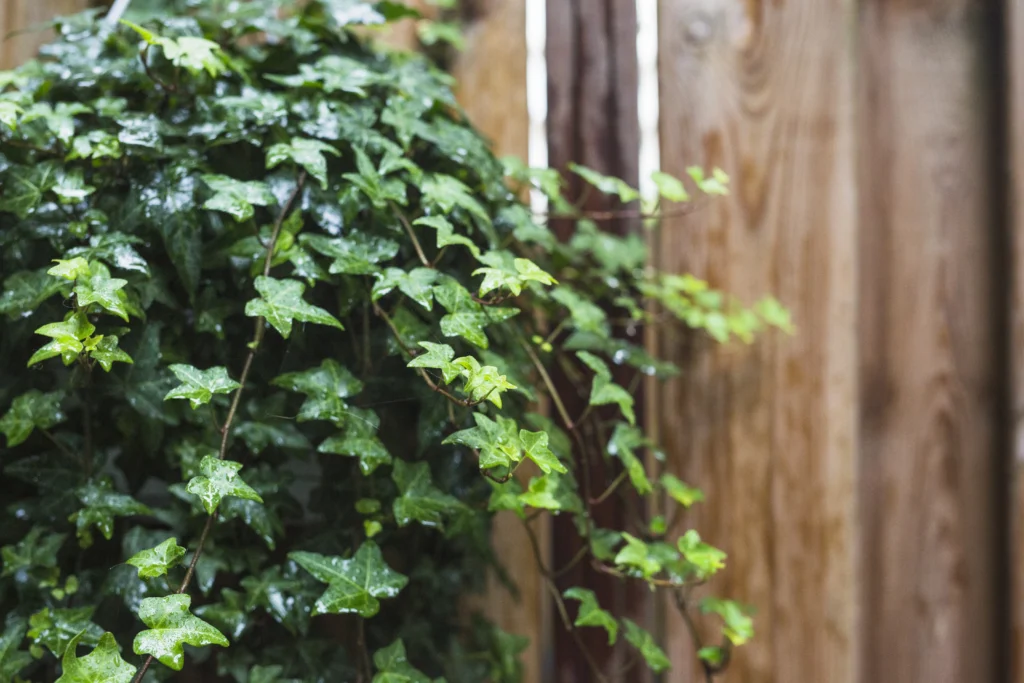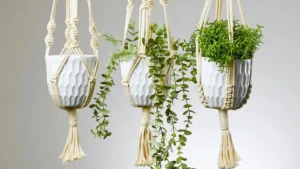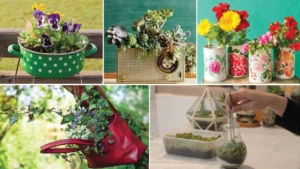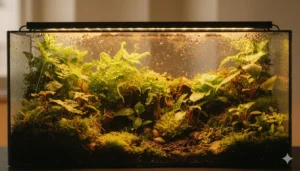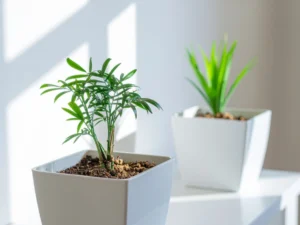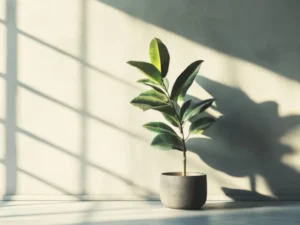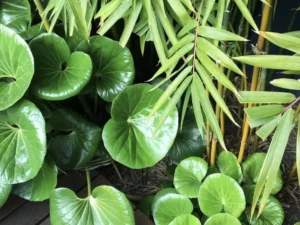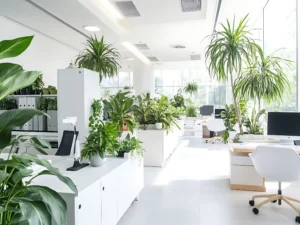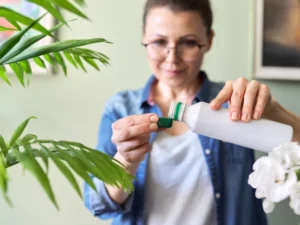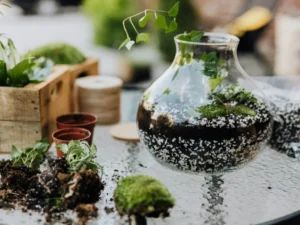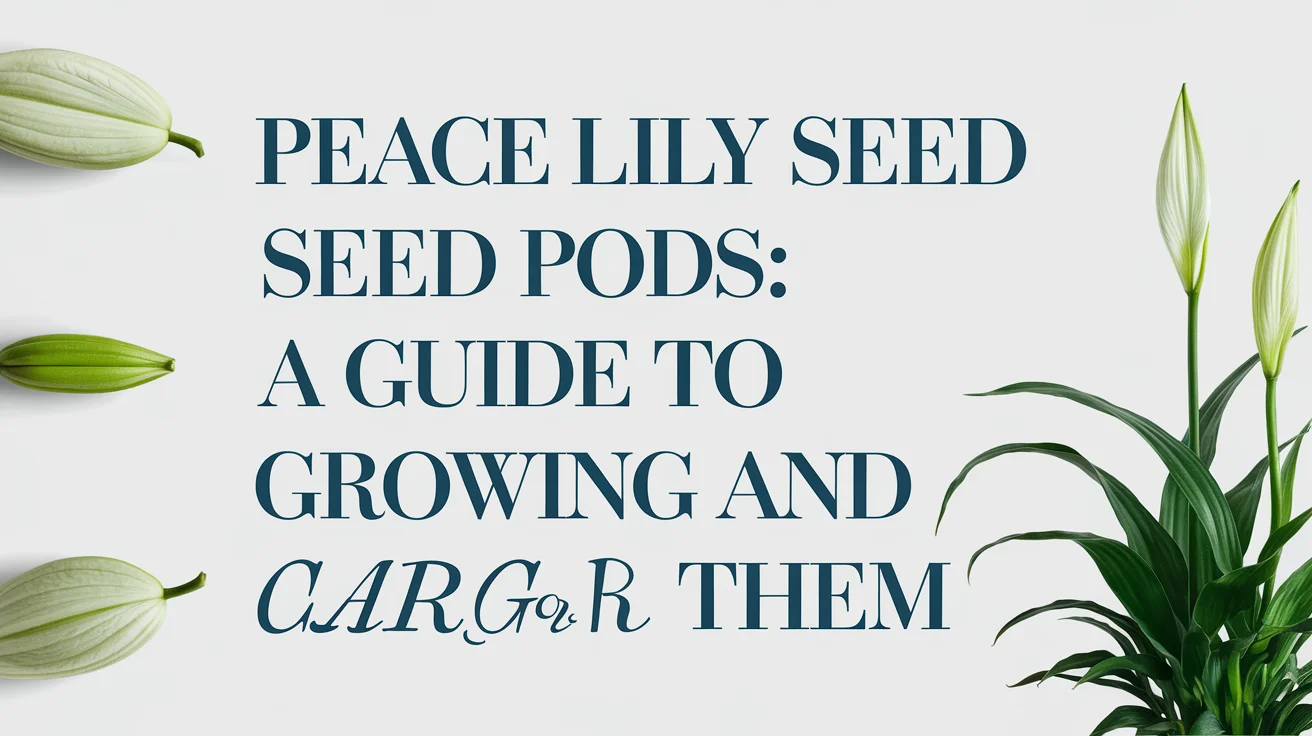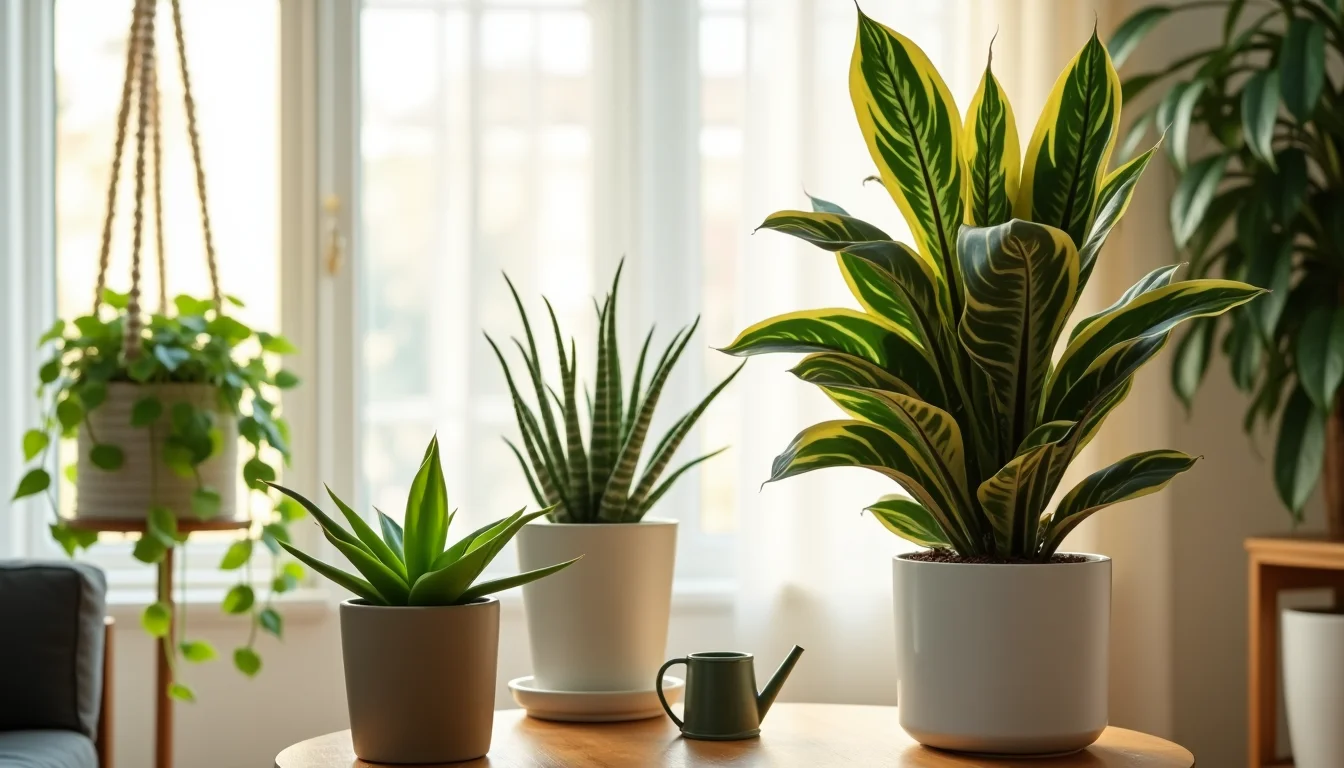If you’ve ever admired the delicate, arching leaves of a Swedish ivy, you know how inviting it looks cascading from a pot or trailing over a shelf. Known for its soft, velvety foliage and forgiving nature, this plant is a favorite in hanging baskets and indoor gardens. With the right Swedish ivy plant care, it thrives beautifully and adds charm to any space.
What it deserves, however, is more than just admiration; it needs consistent, gentle care to reward you with lush greenery and fast growth. In this definitive guide to Swedish ivy plant care, you’ll learn step by step what this plant really needs to thrive, including light, watering, soil, humidity, and pest prevention.
Unlike general care guides that lump Swedish ivy in with other houseplants, this article digs into its unique needs. With easy strategies and seasonal adjustments, your ivy can stay vibrant all year round, even in low-light corners or on humid window sills.
Finding the Right Spot and Conditions for Healthy Swedish Ivy Growth

Swedish ivy thrives when you get its environment just right, especially light and temperature. It’s not fussy like tropical divas, but that doesn’t mean it grows anywhere.
To enjoy vibrant foliage and steady growth, you’ll need to place it in a spot that mimics its natural subtropical habitat. Think bright but indirect sunlight, moderate temperatures, and stable airflow.
A big advantage of Swedish ivy is its adaptability to indoor life. Whether hung near a window or set on a plant stand, this fast-growing vine rewards you when its comfort zone is respected.
Keep it away from heating vents or cold drafts, and it will stay perky and full. By mastering these basic placement rules, you’ll give your plant the foundation it needs to flourish.
How Much Light Is Best for Swedish Ivy?
Swedish ivy loves bright, indirect sunlight. It doesn’t handle full, direct sun very well; those delicate leaves can scorch easily. Morning sun is usually safe, but harsh afternoon rays should be filtered through a sheer curtain or avoided entirely.
Signs that light is too strong:
- Crispy or faded leaf edges.
- Slowed growth or drooping stems.
If your space is dim, consider a grow light to supplement.
Temperature Range and Indoor Airflow
This plant prefers temperatures between 60°F and 75°F. It won’t tolerate frosty windowsills or sudden shifts in air, like drafts from an air conditioner. Even airflow helps prevent stagnant conditions and discourages pests.
Keep these in mind:
- Don’t place near exterior doors or radiators.
- Avoid sudden hot or cold air exposure.
- Rotate the pot weekly for even growth.
Choosing the Best Room or Spot at Home
Swedish ivy fits beautifully in bright kitchens, bathrooms with filtered light, or near east-facing windows. Hanging planters near open windows (but not in direct sun) work perfectly.
Best locations include:
- Floating shelves by a bright wall.
- Hanging baskets near curtain-filtered light.
- Tabletops with gentle morning exposure.
Watering and Humidity Care for Swedish Ivy
Swedish ivy prefers consistent moisture but dislikes soggy soil. Let the top inch of soil dry before watering again. During warmer months, this may mean watering every 5–6 days.
In winter, the plant’s needs drop, so monitor the soil closely rather than sticking to a schedule. This approach helps avoid common issues like root rot or drooping leaves. Humidity is another key element. Swedish ivy responds well to gentle moisture in the air, especially in dry climates or heated rooms.
If the leaf tips brown or start curling, it may need more humidity. Place it near kitchens, bathrooms, or among other plants to create a supportive microenvironment. Even small adjustments improve its overall health.
Swedish Ivy Plant Care: How Much Water Should You Use?
Swedish ivy does best with moderate watering. Pour slowly until water drains from the pot’s base, then stop. Let the soil dry out on top before the next watering. Overwatering leads to soggy roots, so stay attentive to the plant’s condition instead of following a strict schedule.
Signs of Low Humidity in Swedish Ivy
Dry indoor air can dull your ivy’s shine. Signs like browning edges or lifeless leaves suggest it’s not getting enough moisture. If this happens, move it somewhere naturally humid, like a bathroom, or pair it with other plants for shared humidity. The improvement is often quick and visible.
How to Keep Watering and Air Balanced
Combining the right watering rhythm with healthy humidity keeps Swedish ivy thriving. Avoid extremes, too wet or too dry, and adjust for seasonal changes. Gentle misting or strategic placement is often all you need. These practices help keep your ivy vibrant and lush year-round.
Choosing Soil, Pot, and Repotting for Long-Term Plant Health
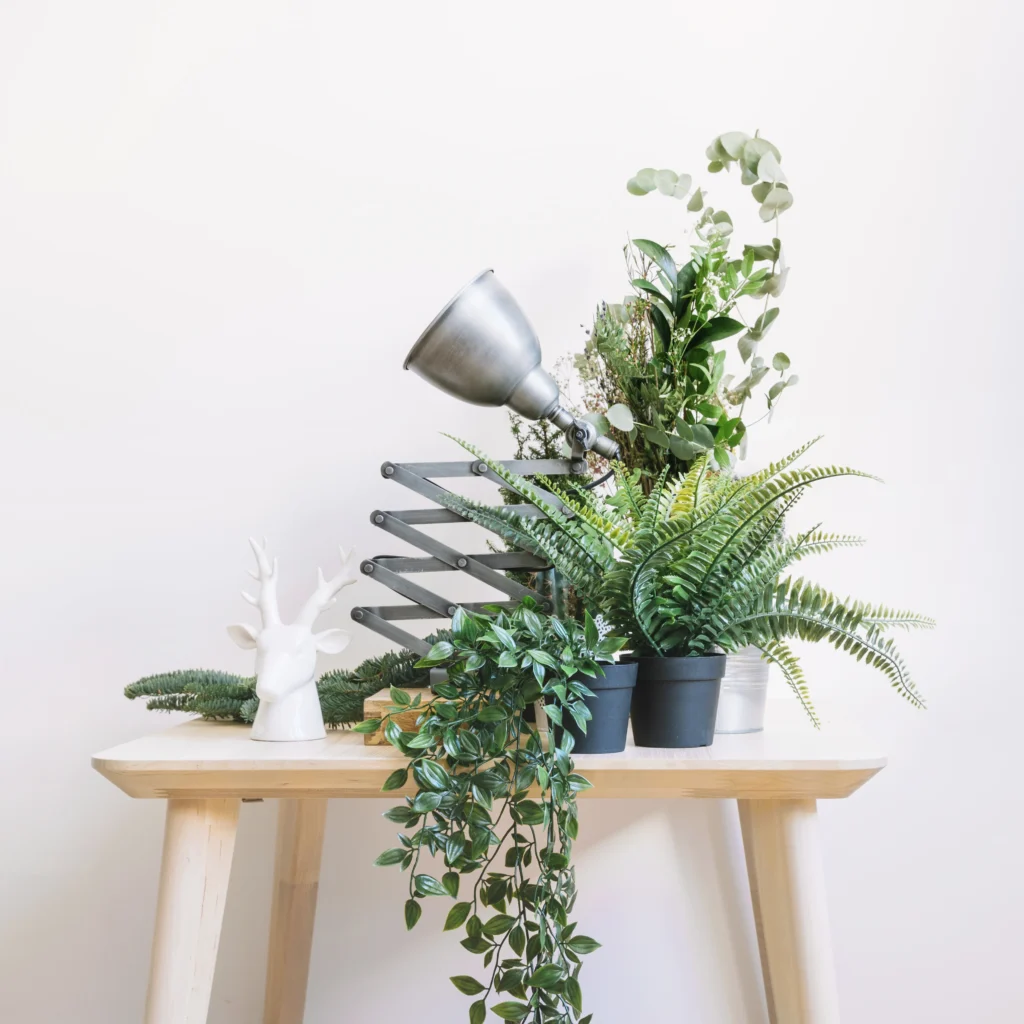
Healthy growth begins below the surface, and for Swedish ivy, that means starting with the proper soil mix and container. A breathable, light, and well-draining medium helps the plant stay evenly moist without drowning its roots. If the soil retains too much water, it creates an environment prone to root rot and fungal issues.
Alongside the soil, selecting the right pot and knowing when to repot are just as important. A pot with drainage holes is essential, and materials like terracotta help wick away excess moisture naturally. Swedish ivy grows relatively quickly, so it often outgrows its container within a couple of years, prompting the need for repotting.
Swedish Ivy Plant Care: What Kind of Soil Works Best?
Swedish ivy prefers a soil blend that’s light and airy. Standard houseplant mixes can work well, especially if amended with materials that improve drainage and reduce compaction. The aim is to keep the roots comfortably moist but never soggy.
How to Choose the Right Pot Size and Material
The pot you select should promote breathability and allow moisture to drain appropriately. A poor container choice can lead to stagnant water and stress the plant over time. Here’s what to keep in mind:
- Size: Select a pot just 1–2 inches larger than the root ball.
- Material: Terracotta or unglazed ceramic pots are breathable and dry out faster.
- Drainage: Always use pots with bottom drainage holes to prevent water buildup.
- Shape: Shallow pots are usually more compatible with ivy’s spreading roots.
When and How to Repot Swedish Ivy
Most Swedish ivy plants benefit from repotting every 12 to 24 months. Signs include visible roots through drainage holes, rapid soil drying, or slow overall growth.
During repotting, remove the plant gently, trim off any mushy or damaged roots, and refresh the potting mix. A slightly larger pot gives roots space to grow without overwhelming them with too much soil.
Final Thoughts on Swedish Ivy Plant Care
Caring for a Swedish ivy plant is both simple and deeply rewarding when you understand its unique needs. From lighting and humidity to choosing the right soil and pruning regularly, each element plays a role in keeping your ivy full, lush, and thriving.
The beauty of Swedish ivy lies not just in its cascading green foliage but in its low-maintenance nature, making it ideal for both beginners and plant lovers who want effortless elegance in their space.
Suppose you stay consistent with a basic care routine, checking moisture levels, trimming leggy vines, and repotting when necessary. In that case, your Swedish ivy will reward you with vigorous growth and a lovely indoor ambiance.
Keep observing your plant’s behavior, adapt as needed through the seasons, and enjoy the peace that comes from tending to this graceful green companion.

